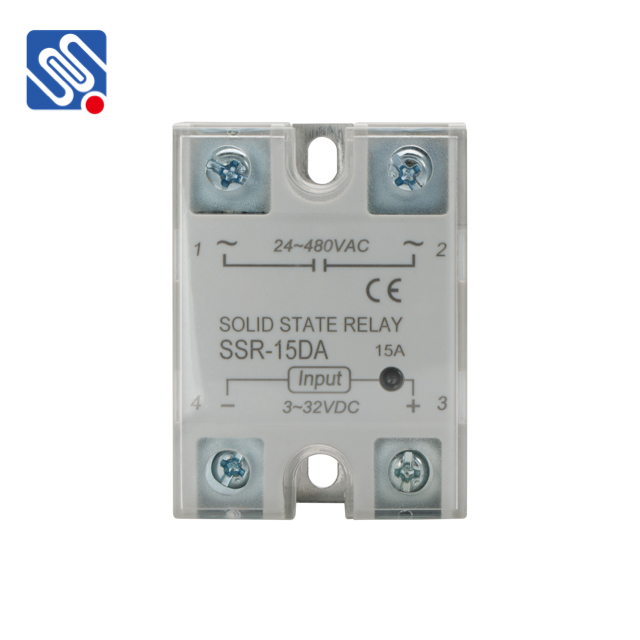Relays are essential components in various electronic and electrical systems, used to control circuits by opening and closing contacts in response to an electrical signal. Whether in automotive applications, industrial machinery, or household appliances, relays play a critical role in managing power and ensuring the proper functioning of systems. However, like any other mechanical or electronic device, relays have a limited lifespan. Understanding the factors that influence relay lifespan is essential for ensuring reliability and longevity in applications that rely on these components.

1. Types of Relays and Their Lifespan Relays come in two main types: mechanical and solid-state. Both types have distinct characteristics, which influence their expected lifespan. Mechanical Relays: Mechanical relays have moving parts that physically open and close electrical contacts when an input signal is applied. These moving parts experience wear over time, which limits the relay’s operational lifespan. The typical lifespan of mechanical relays ranges from 100,000 to 10 million cycles, depending on the application and load type. Solid-State Relays (SSRs): In contrast, solid-state relays rely on semiconductor components instead of moving parts. These relays offer several advantages over mechanical relays, such as faster switching speeds and greater reliability under certain conditions. Solid-state relays can last from several million to tens of millions of cycles, significantly longer than mechanical relays. However, their lifespan is still affected by environmental conditions and operating factors.